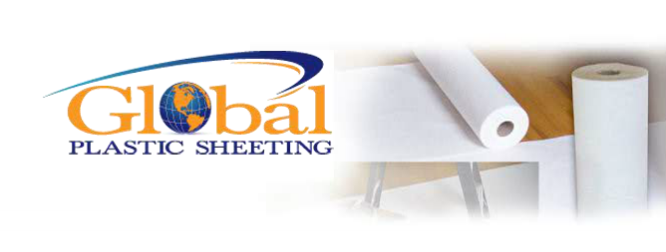Fire SafetyStandards, NFPA 701 and ASTM E-84
In the realm of fire safety standards, NFPA 701 and ASTM E-84 stand out, each addressing flame-related concerns. However, it's crucial to understand that one isn't inherently superior to the other; rather, they cater to distinct aspects of fire resistance. Let's delve into the nuances that differentiate NFPA 701 and ASTM E-84, shedding light on their unique roles in ensuring safety and compliance.
-
NFPA 701 Overview:
- Focus: Primarily designed for textiles and fabrics.
- Testing Scenario: Evaluates the flammability of materials when subjected to specific ignition sources, such as small-scale flames.
- Application: Commonly applied to curtains, draperies, and other decorative fabrics.
- Key Consideration: NFPA 701 is specific to textiles and aims to assess how materials respond to small-scale fire exposure- i.e, assessing flame spread characteristics
-
ASTM E-84 Overview:
- Focus: Broadly applicable to various building materials.
- Testing Scenario: Measures the surface flame spread and smoke density of materials when exposed to a controlled flame.
- Application: Widely used for assessing the fire performance of materials like wall coverings, flooring, and finishes.
- Key Consideration: ASTM E-84 offers a comprehensive evaluation of fire characteristics and is versatile across different construction materials.
-
Comparative Analysis:
- Specialization: NFPA 701 specializes in textiles, making it more tailored for fabrics commonly found in interior settings.
- Versatility: ASTM E-84, with its broader scope, is adaptable to a wide array of materials beyond textiles.
- Regulatory Compliance: The choice between the two depends on specific industry standards and regulatory requirements for the intended application.
-
Choosing the Right Standard:
- Consider Material Type: Select the standard aligned with the material type – NFPA 701 for textiles, ASTM E-84 for broader construction materials.
- Regulatory Guidelines: Adhere to industry-specific regulations and standards governing fire safety.
In essence, NFPA 701 and ASTM E-84 are complementary rather than competing standards. The selection between them hinges on the material's nature and its intended use. By understanding their distinctions, industries can make informed choices to ensure optimal fire resistance and regulatory compliance.

